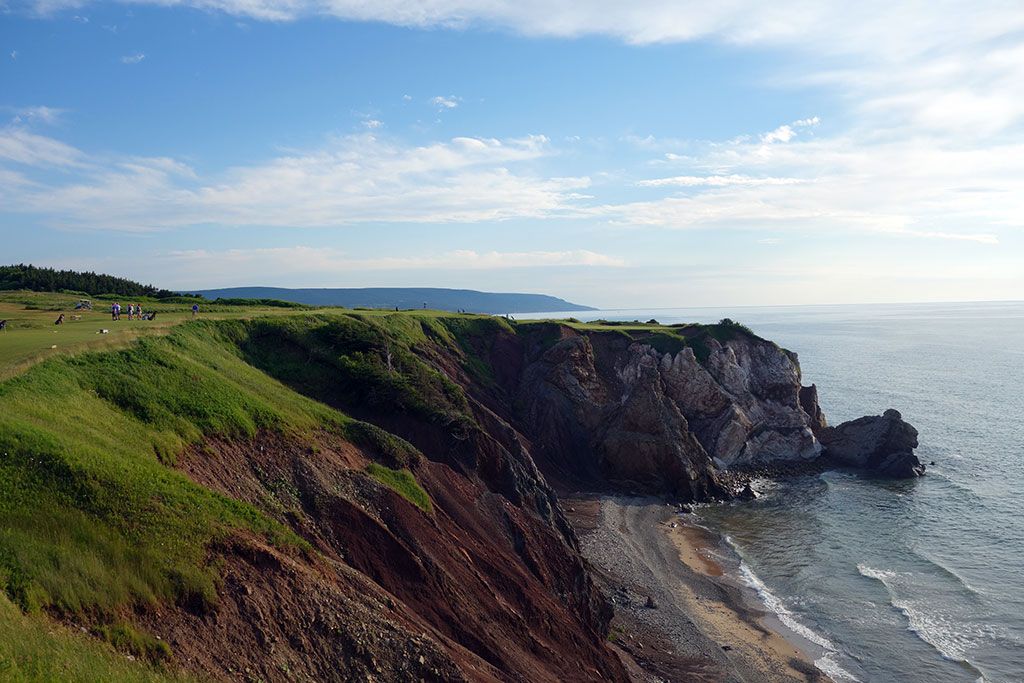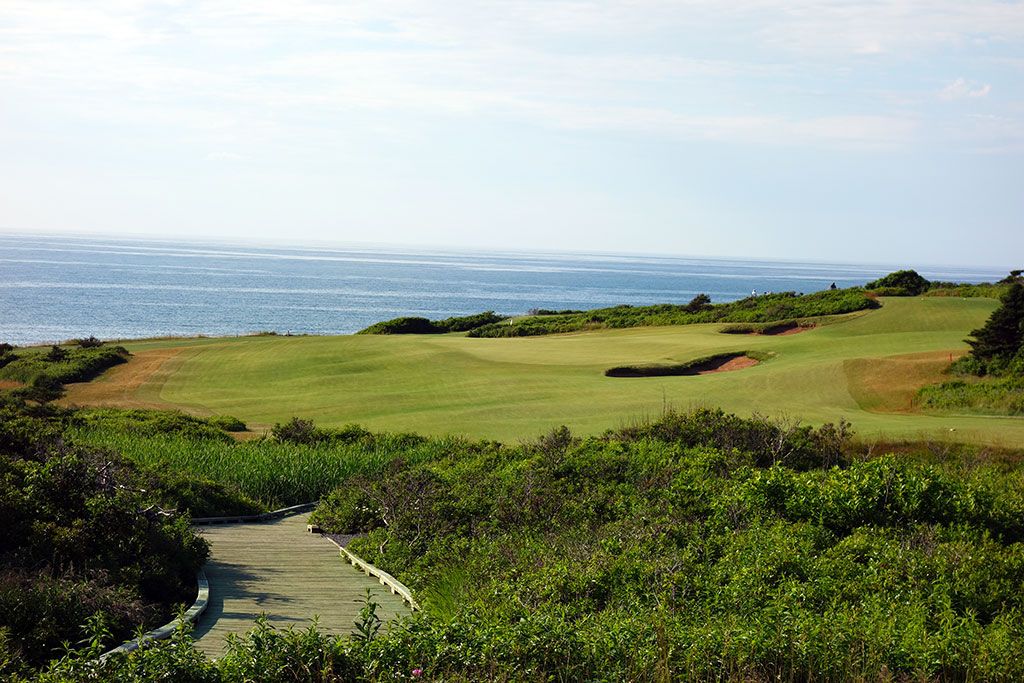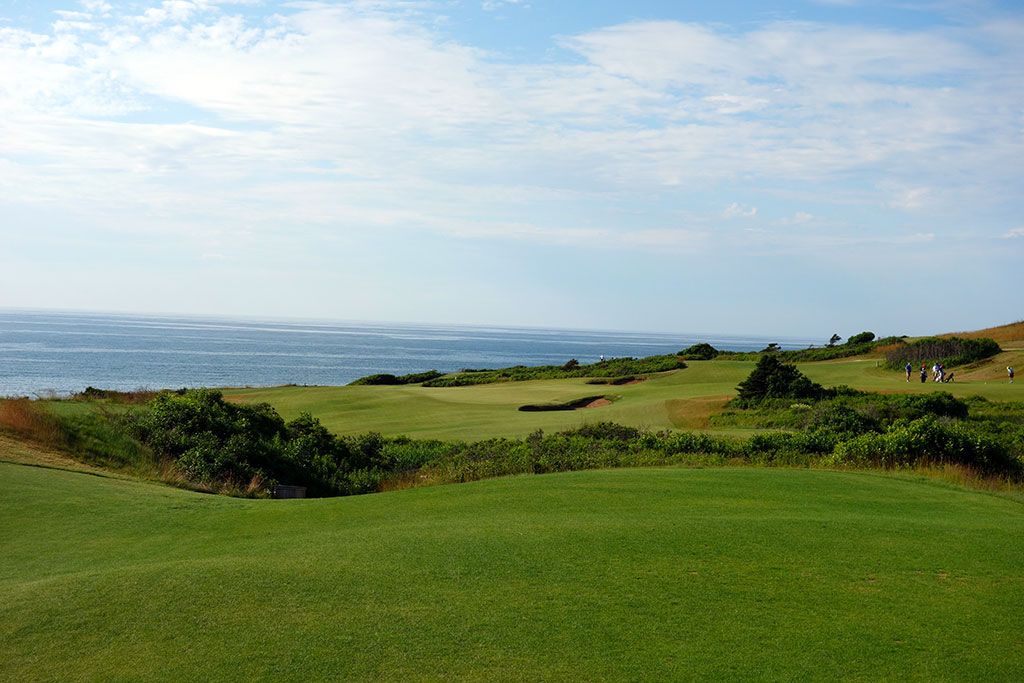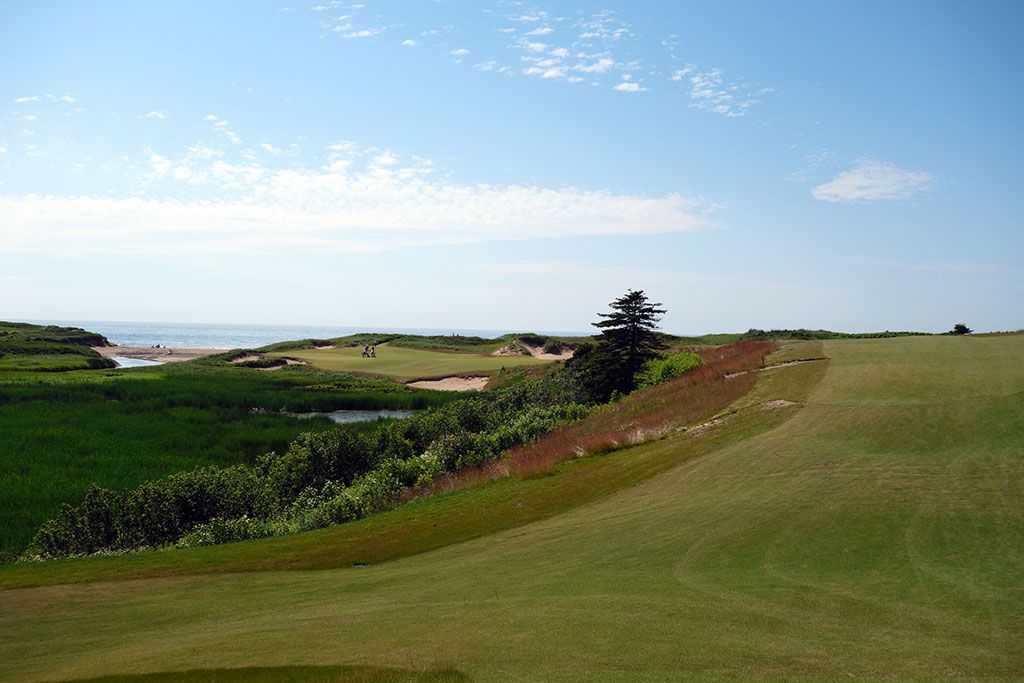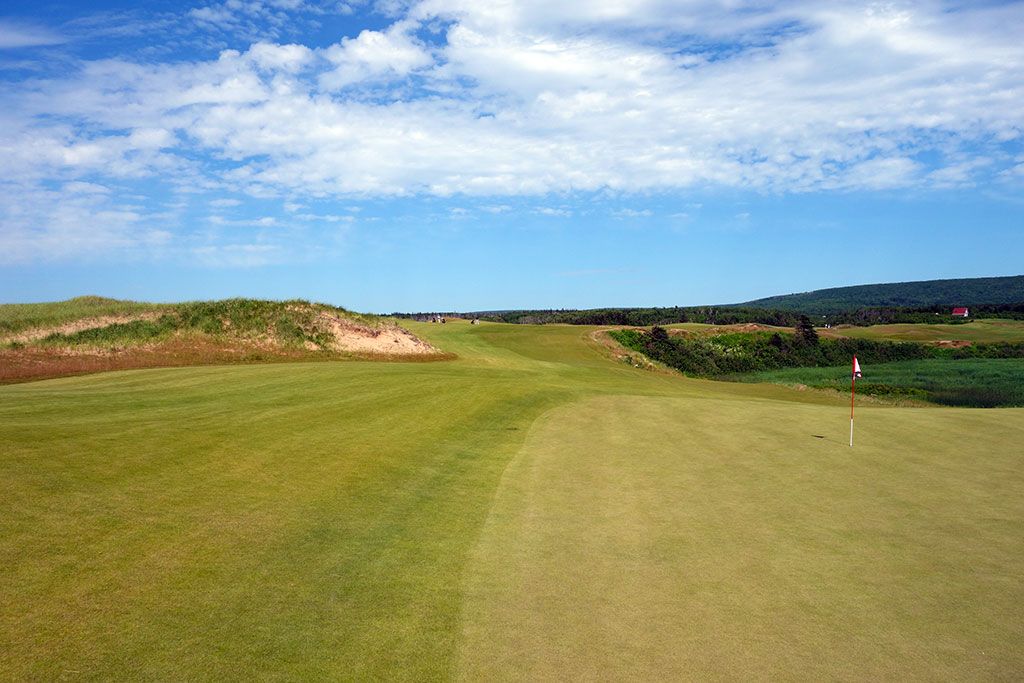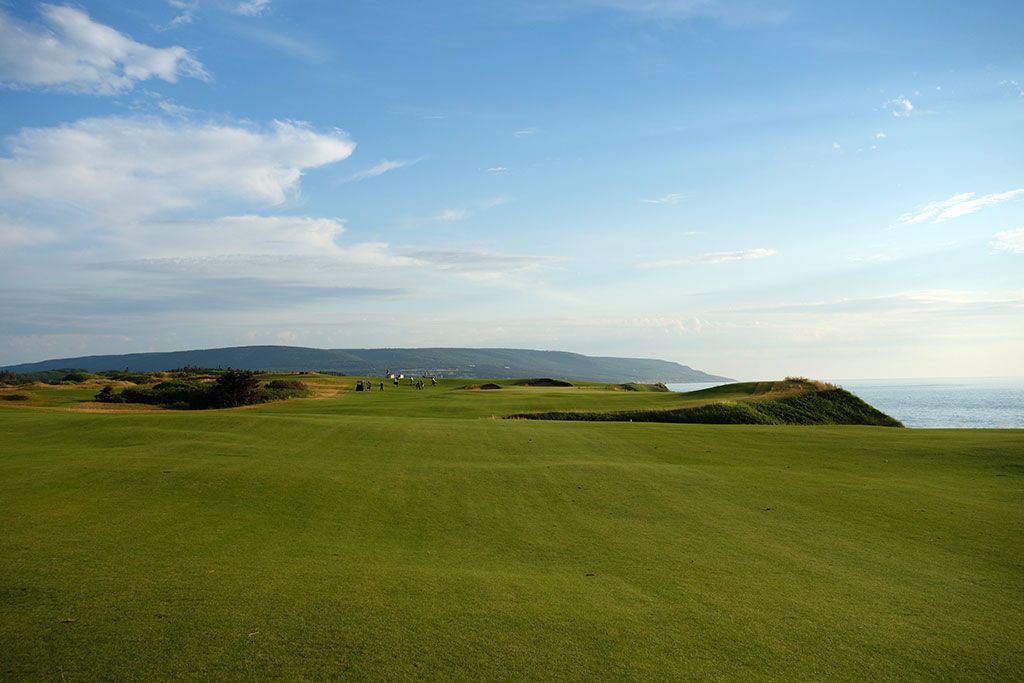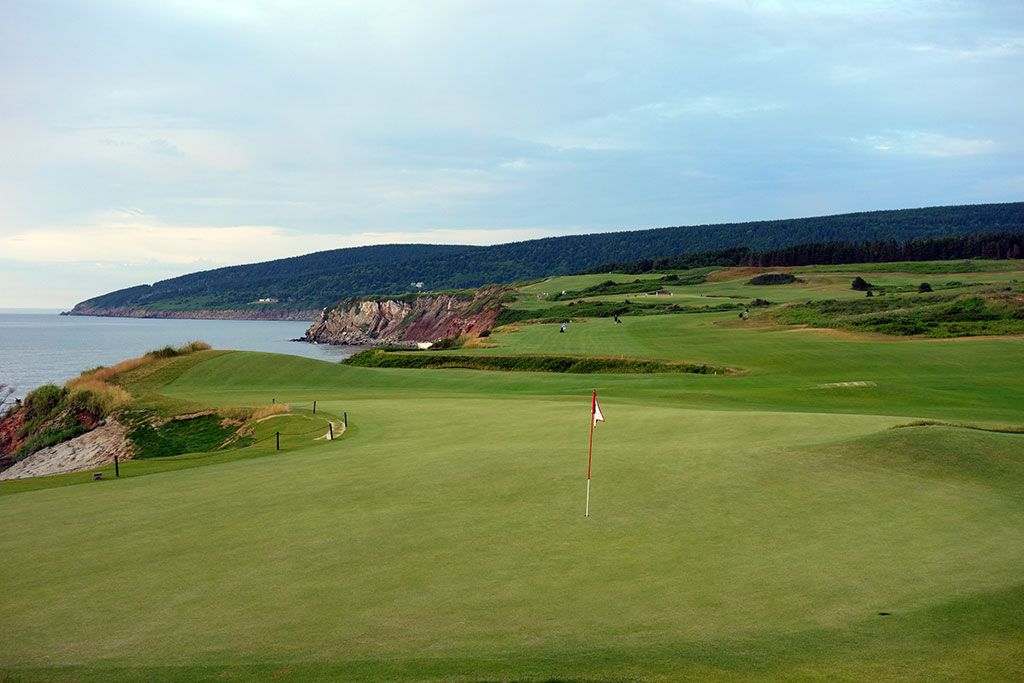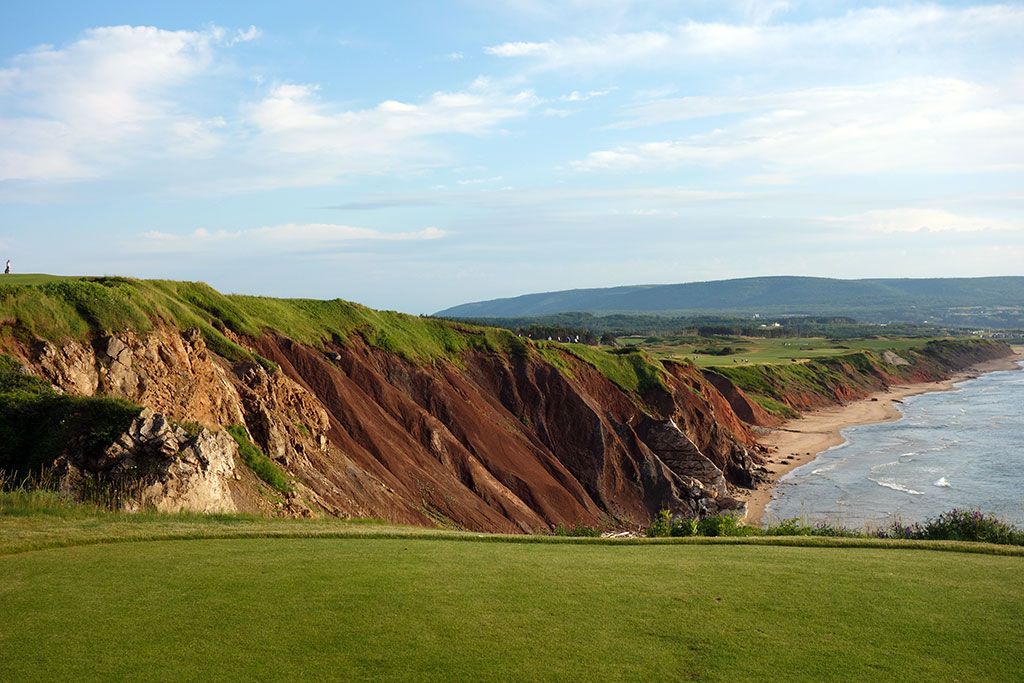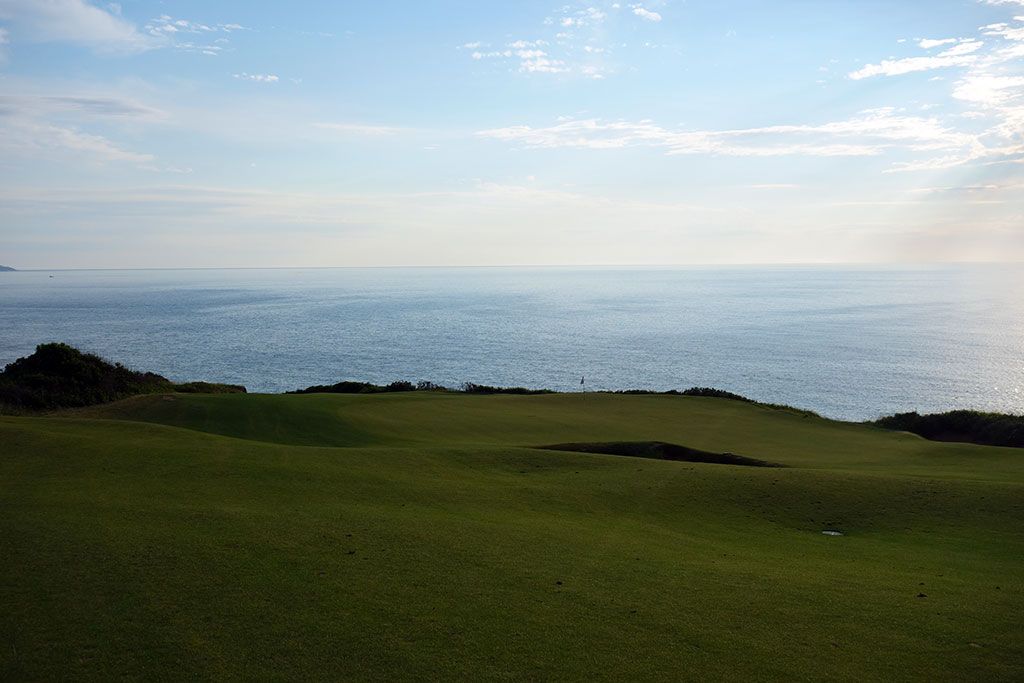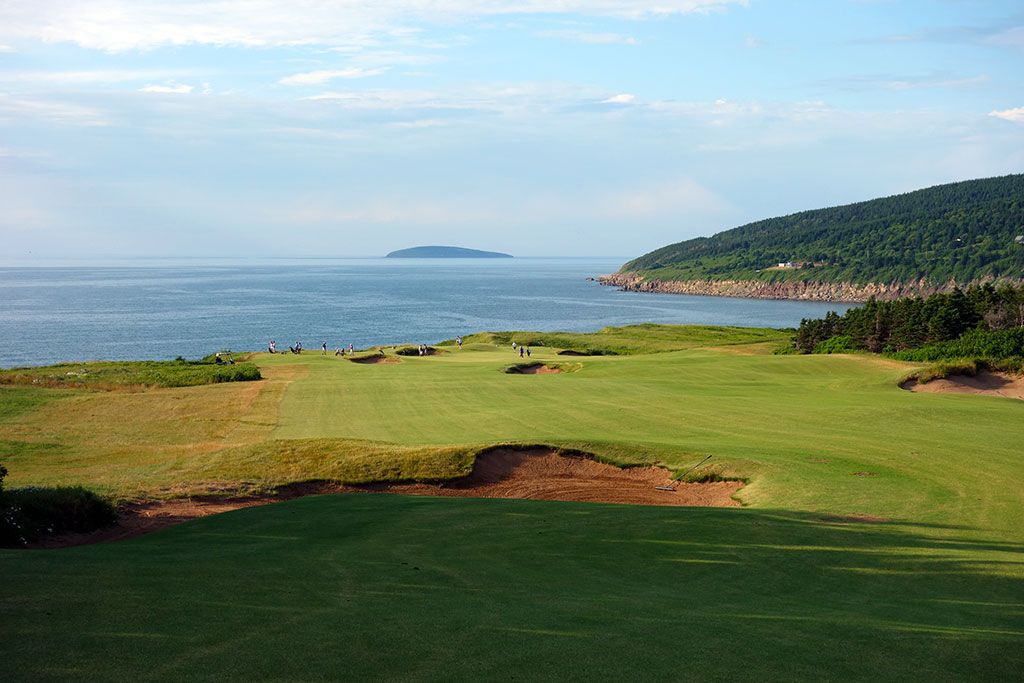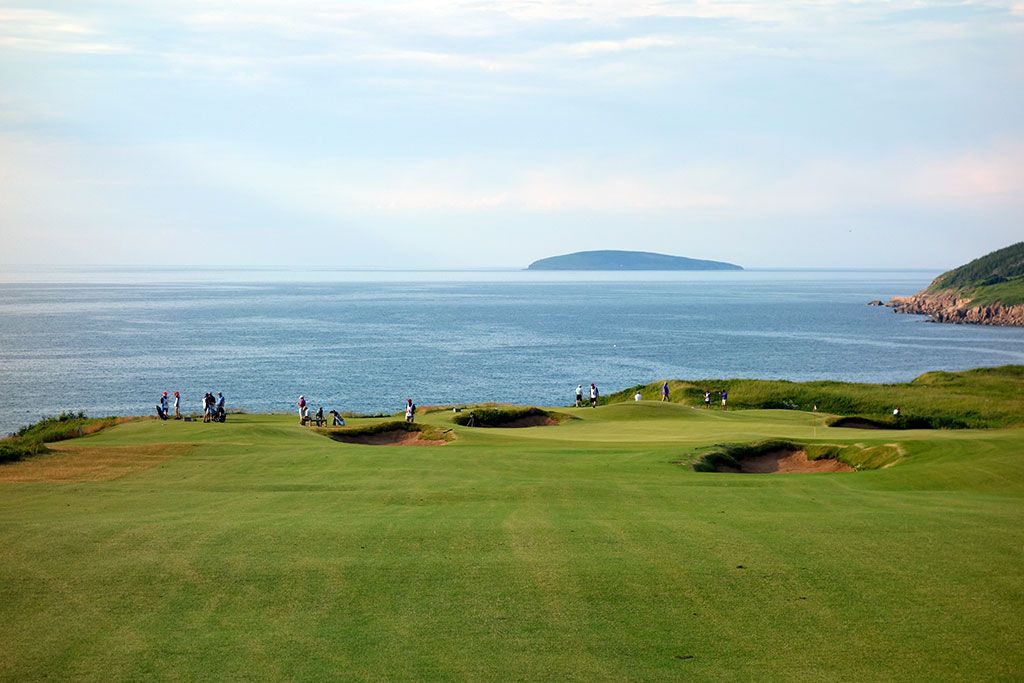 Golf Course Review by: Billy Satterfield
Golf Course Review by: Billy Satterfield
Rankings:
The Takeaway: Cabot Cliffs is simply one of the finest golf courses in the world and is an absolute must-play for any golfer serious about experiencing the earth's best courses. A common question about Cabot Cliffs will be how does it compare to the courses at Bandon Dunes. The answer is that it is better than any course at Bandon which is almost unfathomable to consider, but it's the truth. Everything about Cabot Cliffs is special from the setting, to the atmosphere, to the golf course. Grade A+
Quick Facts
Designer: Bill Coore and Ben Crenshaw in 2016
Cost: $60.00 CAD - $215.00 CAD (Class A caddie $60, Class B $45) Click for current rates
Phone Number: (855) 652-2268
Course Website: Official Website - Visit Cabot Cliffs's official website by clicking on the link provided.
Directions: Get here! - 15933 Central Avenue, Inverness, Nova Scotia B0E 1X0 – CANADA
Photos: See additional photos of Cabot Cliffs
What to Expect: Wow! There are great courses out there, and then there are courses like Cabot Cliffs that take the game of golf to a whole new level in terms of course design, setting, and experience. Many Americans have yet to enjoy a true links experience on the sandy soil that separates land from sea, but Bandon Dunes finally brought that opportunity to the states and is exposing patrons to the greatness of links golf that players on the other side of the pond have enjoyed for over 100 years. Bandon Dunes founder, Mike Keiser, decided to take another crack at bringing links golf to North America with the installation of Cabot Links which was simply the appetizer for what would come with Cabot Cliffs. The Bill Coore and Ben Crenshaw designed Cliffs course is a jaw dropper in every sense of the term and sits on the coastal edges of the Gulf St. Lawrence which is where the Great Lakes empty through the St. Lawrence river into the Atlantic Ocean. Water views are prolific, greens are large and undulating, fairway are generous and engaging, and the hole designs are a ton of fun to play. After a flat and somewhat uninspiring open hole, the course takes off on hole #2 with an elevated tee shot that is followed up by an uphill approach over a natural ravine to one of the largest greens on the course. The routing continues to amp things up until players embark on the most stunning stretch of closing holes anyone could hope to find, starting with the par five 15th. The fantasy-come-to-life 16th hole stands next to Cypress Point's 16th hole as the most beautiful and inspiring one-shotters in the world with a heroic carry to a peninsula green sitting on the rock cliffs above the Atlantic Ocean. Also along the way you'll find two greens on the par three 4th, a Biarritz green on the par five 8th, and a driveable par four on the coastal 17th. All of the turf is covered in fescue grass which creates firm and fast conditions, a feature that takes advantage of the fairway undulations famously found on links courses, and green speeds are kept below ten on the stimpmeter so that the said undulations can be reasonably handled to numerous hole locations. The course is walking only and players have the option of hiring a caddie to carry their bag, renting a Riksha pull cart, or throwing their clubs on their back. Players can also get warmed up for their round at the driving range found at the Cliffs course (there isn't one at Links). Off the course Cabot offers comfortable accommodations with free international calling, two restaurants (famous for their seafood chowder that is chock-full of seafood meat), and couches behind the 18th green where you can enjoy a drink, the scenery, and birdies on the closing hole.
By the Numbers
| Tees | Par | Yardage | Rating | Slope |
|---|---|---|---|---|
| Black | 72 | 6764 | 74.3 | 144 |
| Green | 72 | 6385 | 72.5 | 142 |
| Silver | 72 | 6090 | 71.5 | 136 |
| Orange | 72 | 5059 | 66.5 | 118 |
| Royal Blue (Women) | 72 | 3785 | 64.6 | 108 |
Individual Hole Analysis
Signature Hole: 16th Hole – 176 Yard Par 3 – Without a doubt, this is one of the most dramatic and scenic golf holes in the world. Over time it will gain increased exposure, appreciation, and popularity which will place it among the most desired golf holes to visit on the globe. Playing along the rocky coast of the Atlantic Ocean, the 16th plays from one cliff edge to another with nothing but a 100 foot drop to the ocean in between. There is an area to the left of the green that the faint of heart can lay up to if they fear their Pro V1 won't clear the chasm. The more forward of tees you play the less you have to carry on the way to the green. There are few holes in the world that rival what Coore and Crenshaw created here; it is everything you could ever hope it would be.
Best Par 3: 12th Hole – 245 Yards – In stark contrast to the very short par three 9th, the 12th plays a meaty 245 yards with the Atlantic Ocean glistening in the background. The terrain slopes gently but steadily downhill from tee to green so the hole plays a bit shorter than the scorecard indicates but the wind can quickly change that. With six par threes on the course there are plenty of unique offerings, including the double green 4th hole and all-world 16th, but the 12th isn't a hole to be passed over in its respect.
Best Par 4: 5th Hole – 330 Yards – Coore and Crenshaw are famous for their half-par holes and the 5th at Cliffs is one of their great ones. The sharp dogleg left allows golfers to safely play their tee shot to the right and set up a downhill approach shot to the green, or players can challenge the marsh that protects the dogleg and take a rip at the green. Players that successfully cut the corner, whether they reach the green or not, set themselves up for a great birdie opportunity on a hole you will be anxious to enjoy over and over due to the variety of options available.
Best Par 5: 18th Hole – 532 Yards – Like the famous par five closing hole at Pebble Beach, the finisher at Cabot Cliffs plays along the coastline the entire length of tee to green. With the Atlantic Ocean on the right, players are encouraged to deep the ball safely up the left side as they tackle one last scoring opportunity. In contrast to Cabot Links where the closing hole plays away from the ocean and back inland, patrons of Cliffs get to enjoy one of Mother Nature's vast creations all the way to their final putt. Couches and chairs rest behind the green where spectators can enjoy a drink, the view, and the golf.
Birdie Time: 17th Hole – 331 Yard Par 4 – There are so many holes to enjoy at Cabot Cliffs but this was perhaps my most favorite. This driveable par four features a blind landing area from the tips with nothing but rocky coastline and the green in view. The tee shot plays well uphill to a fairway that banks to the right towards the ocean and green. Long hitters can certainly drive their tee shot through the fairway into junk so pick your line carefully depending on your length. A big tee shot left of the green that carries 275+ yards should catch the contours in the fairway and move towards the putting surface and a chance for an eagle putt. There are so many way to play this hole that you couldn't possibly get tired of it. You can drive the green, layup off the tee, fly an approach shot in, or use the fairway contours to run a ball in; it is your choice and the wind conditions and pin placement could very well sway your shot selection each day.
Bogey Beware: 15th Hole – 560 Yard Par 5 – Lengthy and intimidating, the par four 6th hole at Cabot Links is the epitome of the term "beauty and the beast." This dogleg left curves around a beautiful ocean bay where fishing boats are often found in the harbor. The tee shot plays slightly uphill while the approach shot plays to a green pinched between the bay and a large dune. A collection of bunker left of the green and several feet below the putting surface act as a saving grace to players whose balls may be heading for the salty water. No matter what direction the wind is blowing, it can wreck havoc for players taking on this dogleg so it is important to know your limitations and play to your strengths while minimizing the potential damage here.



